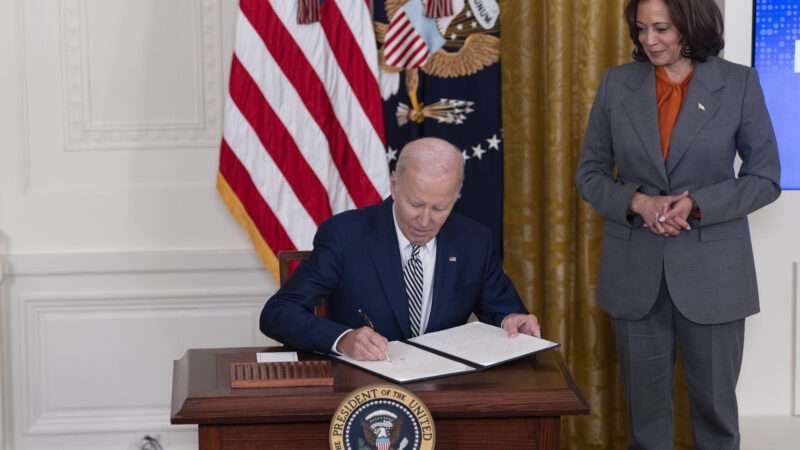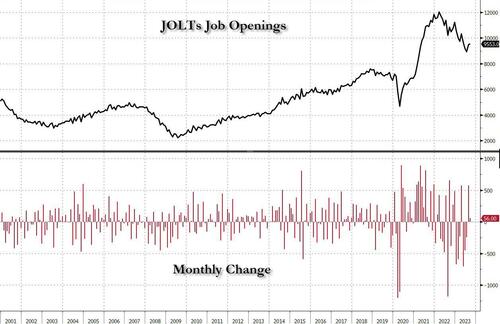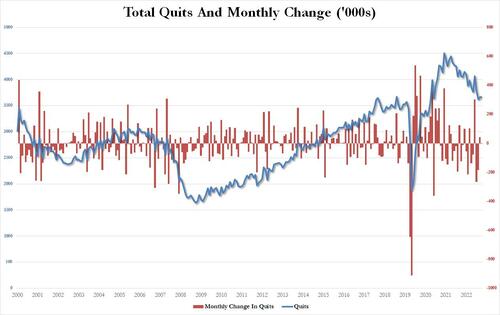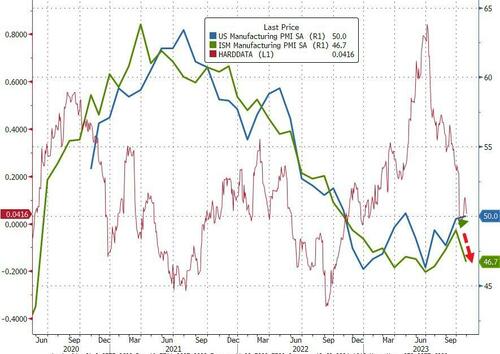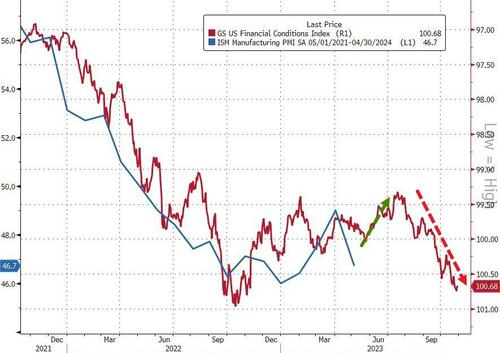Public Law 93-373 was supposed to be so boring that Congress didn’t even bother to give it a name.
You know how most laws passed by Congress have some fancy name– like the “Inflation Reduction Act” or the “USA PATRIOT Act” or some such nonsense?
Well, on November 7, 1973, US Senator James Fullbright introduced a very short bill– it was only ONE page– that didn’t even have a name. But Fullbright’s unnamed bill ended up being one of the most important pieces of legislation in US history.
By the time Fullbright introduced his bill, it had been two years since the legendary “Nixon Shock” of 1971. That was when US President Richard Nixon implemented wage and price controls, and canceled the US dollar’s convertibility into gold.
Nixon famously promised the American public that there wouldn’t be any negative consequences from his actions. Yet inflation hit 3% the following year, in 1972. Then 4.7% in 1973. Then 11.2% in 1974.
Simultaneously, gold prices around the world were surging… from $35/ounce before the Nixon Shock, to more than $170 in 1974.
But individual Americans weren’t allowed to benefit from those gains thanks to a forty year old executive order that had been signed in 1933 by then President Franklin Roosevelt.
Roosevelt’s Executive Order 6102 criminalized the private ownership of more than $100 worth of gold in the United States. Roosevelt also gave Americans just 25 days to turn over their gold to the Federal Reserve… or else face up to ten years in prison.
Naturally, plenty of Americans were outraged, and a number of lawsuits were filed claiming that Roosevelt’s order was unconstitutional.
Roosevelt was rightfully worried that the Supreme Court would overturn his order. And at a certain point he considered packing the court, i.e. appointing several sympathetic judges to the Supreme Court to ensure his victory. He also considered issuing another order which would make it illegal to sue the federal government.
Fortunately for Roosevelt, however, he didn’t have to implement any of those actions; the Supreme Court very narrowly ruled in his favor, and his Executive Order stood as law of the land for four decades… until Senator Fullbright’s no-name law was finally passed on August 14, 1974.
It went into effect the following year, and Americans were suddenly free once again to exchange their rapidly-depreciating US dollars for gold.
Unsurprisingly, gold prices started rising dramatically in the second half of the decade.. from about $180 in 1975, to a whopping $850 in January 1980.
And the declining dollar was just one reason for gold’s popularity; remember, the United States suffered a deluge of troubles during the 1970s and early 1980s.
The world found out that the US President was a criminal during the Watergate scandal of 1974. Then there was the humiliating US withdrawal from Vietnam in 1975, complete with a helicopter evacuation of the American embassy in Saigon.
Iran seized 52 US citizens in 1979 and held them hostage for more than a year. Inflation raged, peaking at 13.6%. The economy stagnated and fell into recession. Troubles in the Middle East (including conflict with Israel) led to energy shortages and rising fuel prices.
Civil unrest and ‘mostly peaceful’ protests were a constant problem in the 70s and 80s. Meanwhile, criminals rampaged across American cities, and the murder rate soared. Major cities like New York, LA, and Chicago became synonymous with violent crime.
The world stopped making sense. And gold became a safe haven from that chaos.
There’s an old saying (originally a Danish proverb) suggesting that if history doesn’t repeat, it certainly rhymes. And I think it’s obvious that we’re facing many of the same challenges today.
There are major problems in the Middle East. Energy is becoming scarce (especially in Europe). The US military suffered a humiliating withdrawal from Afghanistan. Civil unrest and crime rates are totally unacceptable. Inflation continues to rage. And the President, a.k.a. “the Big Guy” appears suspicious A.F.
Just like in the 1970s, gold represents a safe haven from this chaos. And even though it’s hovering at a near-record around $2,000, I think that there is still a long way for gold to rise.
The US national debt is now $33.7 trillion; that’s up more than HALF A TRILLION just in the month of October.
The people in charge have absolutely zero fiscal restraint. Zero responsibility. Zero sense of how destructive their actions are. They spend money and go deeper into debt as if there will never be any consequences, ever, until the end of time. They’re disgustingly ignorant, and dangerous.
The truth is that there are serious consequences to all of this debt. And we don’t have to guess what they are.
The Congressional Budget Office is already projecting that, by 2031, the US government will spend 100% of its tax revenue just on mandatory entitlements (like Social Security) and interest on the debt.
This means that, after 2031, the funding for literally everything else in government– from the US military to the light bill at the White House– will have to be funded by more debt.
That’s only 7 years away.
Then, two years later in 2033, Social Security’s primary trust fund will run out of money; this will cost the government an additional $1 trillion in additional spending each year to keep the program running. Naturally they’ll have to borrow that money too.
Eventually the national debt will become so large that simply paying interest each year will consume more than 100% of tax revenue.
The Federal Reserve will most likely attempt to bail out government by creating trillions upon trillions of dollars. But just as we saw over the past few years, such actions will most likely result in much higher inflation.
Disgusted with their financial circumstance, voters across America will likely turn to Socialist politicians who blame all the problems on the evils of capitalism, rather than their own incompetence. And with a majority of leftists running the country, they’ll only make things worse.
I also anticipate more conflict in the world, thanks in large part to the continued decline of America’s stature and reputation for strength.
It’s also quite likely that the US dollar could lose its royal status as the world’s dominant reserve currency by the end of the decade.
I don’t necessarily believe that the dollar will simply vanish from global trade. But it won’t be “King” dollar anymore. Perhaps more like “Earl” or “Viscount” dollar, alongside other currencies and exchange mechanisms– including gold.
In fact we could easily see central banks around the world ditching their US dollars and loading up on gold as part of a new, de-dollarized global financial system.
This could potentially trigger trillions of dollars worth of capital inflows into the gold market, causing a surge in gold prices.
And these are just some of the reasons why gold could still have a long, long way to rise from here.
Bear in mind that I’m not thinking about the gold price next month, or even next year. I think long-term, and my views on gold are based on trends that will likely continue to unfold over the next decade.
I’m not a ‘gold bug’. I don’t have a fanatical view about anything other than my own children. I’m not a gold speculator either.
But it’s obvious to me that in an upside down world where there are such obvious long-term threats to the US dollar, it makes sense to look for real stores of value.
And that’s why $2,000 gold could just be the beginning of a much bigger story.
from Sovereign Man https://ift.tt/ARLJdIr
via IFTTT
